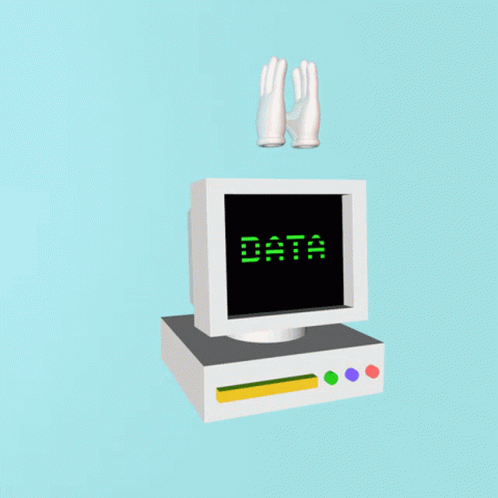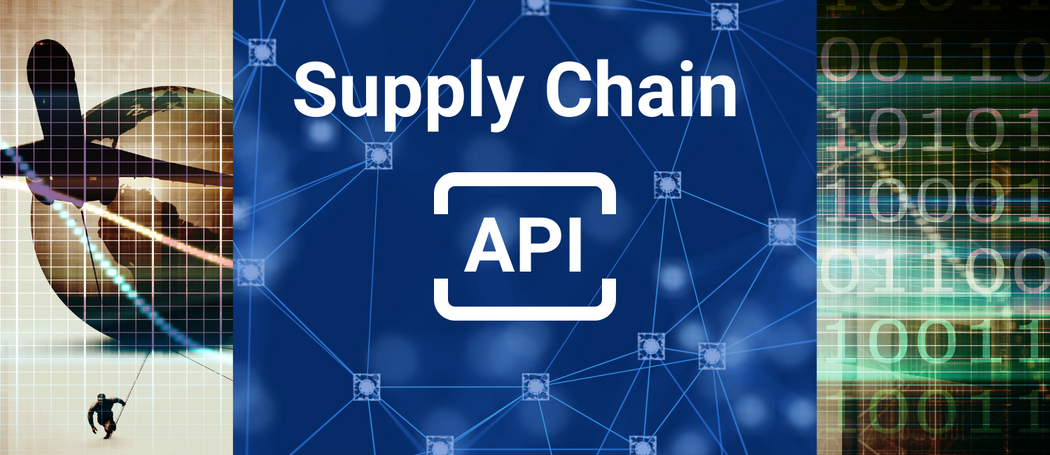Supply Chains are ripe for revolution. With global shortages they need all the help they can get. Luckily advances in automation, IoT, and AI can help solve the challenges supply chains face and create new opportunities for business growth. What do these new technologies have in common? They rely on APIs to connect data sources and make them transparent.

The API Antidote to Supply Shortages
From toilet paper to semiconductor chips, every product has been affected by supply chain shortages since the COVID-19 pandemic.
However, the supply chain has been challenged long before 2020. For the past 30 years, the holly grail of technology and efficiency has been the supply chain. The reason is that there is so much to improve. The supply chain connects the world's oldest industries from shipping to railways. Until 2020 the impact the supply chain has on our lifestyle wasn’t easily understood. It had a reputation of being old-fashioned and was easy to ignore.
Historically there has been a huge amount of waste in the system. From items being lost and damaged to the carbon implications of inefficient routing and food waste. Not to mention the coordination costs between a vast range of customers and stakeholders.
Now there are even bigger implications for business survival and the global economy. People have woken up to the importance and need to face the challenge head-on. Companies are seeking ways to diversify and become more resilient. They are also looking to new technologies like AI, IoT, robotics, and 3D printing.
Along with these tech solutions, understanding the fundamentals of your supply chain are equally important. From suppliers and stock to distribution facilities and transportation hubs. The better the transparency of data, the better your efficiency in solving any challenge you face.
APIs come to the rescue in both the new tech advances and helping to solve the fundamental challenges. APIs allow for system integration and data sharing at an unprecedented rate. With the right APIs you can gain real-time information from your suppliers. This information can be communicated directly to customers. With transparent stock visibility and price comparison, companies can take advantage of new technology. Automation, AI, and IoT can be leveraged to create resilient, agile, and more sustainable supply chains. There is even the potential for entirely new business models and sources of value.

How Do APIs Make Your Supply Chain Resilient?
Integrating your supplier data with APIs will dramatically improve your supply chain.
Efficiency through Automation
The biggest benefit of APIs in the supply chain is the reduction of shortages. As data sources between stakeholders are shared, it becomes possible to automate processes. There is no longer a need to manually identify stocks and suppliers. It is possible to gain real-time visibility of demand and supplies.
Materials and pricing can be accessed instantly. Quotes can be turned around in minutes compared to days. Spot buys and urgent customer demands can be satisfied with little to no processing costs. Faster response times can lead to an increase in sales and lower distribution costs. It is easier to plan, schedule, and optimise the whole supply chain.
Automation also removes a lot of non-value add activity like phone calls, emails, and spreadsheets. More than that, it creates a better customer experience and the ability to improve collaboration with suppliers.
Business Growth
Data connection and transparency can do a lot more than make processes efficient. Transparency can transform your entire business model.
The current supply chain is hemorrhaging value. As an organisation becomes more efficient, it can generate more revenue, and ultimately grow the business. This growth can be generated by increasing the number of customers you are able to work with. Growth can also come through new opportunities.
Data can make your business more predictable, this increases confidence in delivering outcomes. Instead of estimating costs on time and effort, you can charge for outcomes. Now you are able to securely charge for the value delivered to your customers as you are not reliant on inefficient processes.

New Non-Human Customers
With over 7 billion people on the planet, there are plenty of potential customers. By 2030 there are expected to be over another 1 billion. However, it’s not only people who are potential customers.
By 2030 non-human customers are expected to grow by over 50%. What does that mean? Automated algorithms and signals from IoT-enabled products are joining the customer base.
There are a growing number of assets that can directly place orders in the supply chain. One of the first examples is from HP who monitored ink usage and deliver new cartridges just before the ink ran out.
Now Tesla vehicles can self-diagnose issues and pre-order replacement parts as needed. Rolls Royce airplanes transmit real-time issues so the maintenance teams are ready for them as they land at an airport.
It is predicted that machine customers will overtake e-commerce orders. APIs can help connect a multitude of buying signals. While responses to these signals are currently preprogrammed, it is changing to become intelligent and adaptable.
This will change the way organisations execute their supply chain. It will impact a range of processes like demand forecasting, order to cash, and replenishment. It will also impact how we perceive and interact with customers. There is an opportunity not only to connect with new non-human customers but to manufacture your own.

How to Integrate Supplier Data with APIs?
Using APIs you can integrate supplier data. With this data, you can gain insights into your end-to-end supply chain. From there you can begin to gain the benefits described above like automating purchasing processes.
This is especially helpful when there is a severe shortage in products, as it takes out all the sourcing guesswork.
The question is, how do you find the right API? You have 2 options available to you. You can use an off-the-shelf solution or you can build your own.
Use a Pre-built API Solution
One of the main benefits of using APIs is that they are easy to integrate. You do not need an in-house team of experts to get started. You can purchase a pre-existing API and get started instantly. This saves you time, and resources and can be more cost-effective. It also means you can stay up to date with the latest improvements.
To get an idea of some Supply Chain APIs available, the Programmable Web API inventory lists 41 API solutions for the supply chain. There are APIs for specific industries like shipping and security, and general APIs to cover logistics and inventory.
Develop Your Own API
While there are obvious benefits to plugging in a pre-built API, there are also reasons you may want to build your own. Data sharing is a sensitive area in the supply chain, especially when there is high competition amongst customers. By building your own API you can have full control and maintain all changes. You can also ensure they comply with your customer's security requirements.
To build your own API you need a phased approach. Firstly work with your suppliers to get access to their data. Then connect with their systems and test for accurate reporting. Finally, look for opportunities to set up automation like instant purchase ordering from suppliers without manually managing each transaction.
It is best to scale slowly. Start with a small number of suppliers to test out the process. Then offer this solution to additional suppliers. While you are working with your suppliers, keep your customers updated and aware of the benefits they will enjoy.

How Can Treblle Help Your Supply Chain API Solution?
There are major benefits to creating transparency in the supply chain with APIs. These benefits go beyond the urgent need to address the current supply chain shortages. There is an opportunity to increase organisational efficiency through automation, improve customer experience and find new opportunities for growth.
So why is this not standard practice? The adoption is surprisingly slow when there is so much to gain. The challenge is that it requires intricate collaboration within organisations, between customers and suppliers, and even between competitors.
All parties need to first agree that data can be shared. The data then needs to be contextualized. This requires insight from both technical and domain expertise. Once the data is understood it needs to be connected to other sources of data through additional APIs. Front-end data displays need to be connected to API platforms for end-to-end transparency.
Whether integrating a third-party API or building your own, you need to clearly communicate with everyone involved. Suppliers, customers, and intermediaries need to understand how the API is being used.
This is where Treblle comes in. Treblle can be added to your API in under 2 minutes. You then get instant access to real-time API monitoring and analytics. Trebble enables 1-click API testing, auto generates documentation and shares problem detection instantly.
Collaboration between technical and domain experts is significantly improved. Developers can reduce meetings by 90% and focus on improving their products. While domain experts can access user and usage data and in-depth API insights to improve their business.
Follow our 3 step guide to install Treblle in under 2 minutes or set up a call to discuss how Treblle can support your business.






